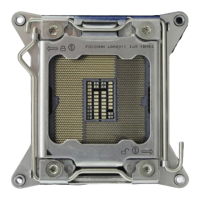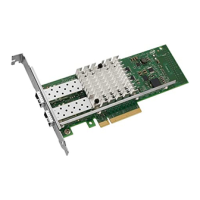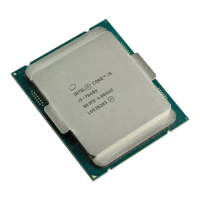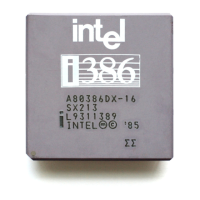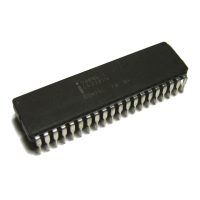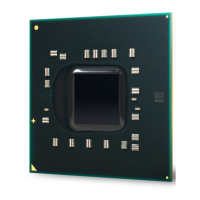Intel® Xeon Phi™ Coprocessor DEVELOPER’S QUICK START GUIDE
6
Device Driver: At the bottom of the software stack in kernel space is the Intel® Xeon Phi™ Coprocessor
device driver. The device driver is responsible for managing device initialization and communication
between the host and target devices.
Libraries: The libraries live on top of the device driver in user and system space. The libraries provide basic
card management capabilities such as enumeration of cards in a system, buffer management, and host-to-
card communication. The libraries also provide higher-level functionality such as loading and unloading
executables onto the Intel® Xeon Phi™ Coprocessor, invoking functions from the executables on the card,
and providing a two-way notification mechanism between host and card. The libraries are responsible for
buffer management and communication over the PCIe* bus.
Tools: Various tools that help maintain the software stack. Examples include /usr/bin/micinfo for querying
system information, /usr/bin/micflash for updating the card’s flash, /usr/sbin/micctrl to help administrators
configure the card, etc.
Card OS (uOS): The Linux-based operating system running on the Intel® Xeon Phi™ Coprocessor.
NOTE: Source for relatively recent versions of the uOS, the device driver, and the low-level SCI library
interface can be found at http://software.intel.com/mic-developer .

